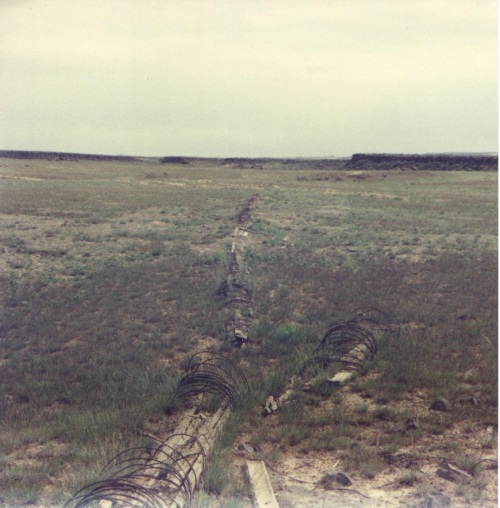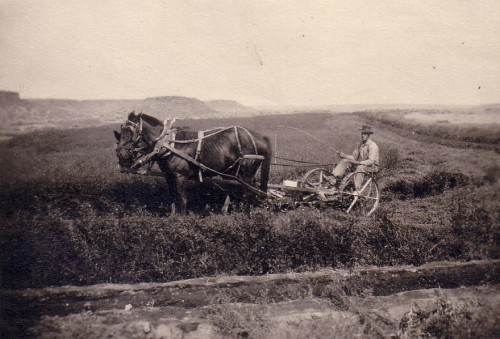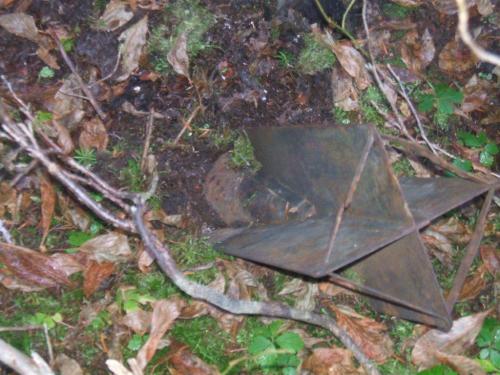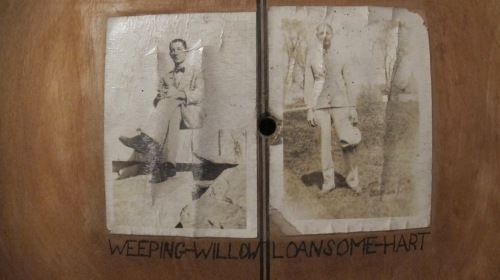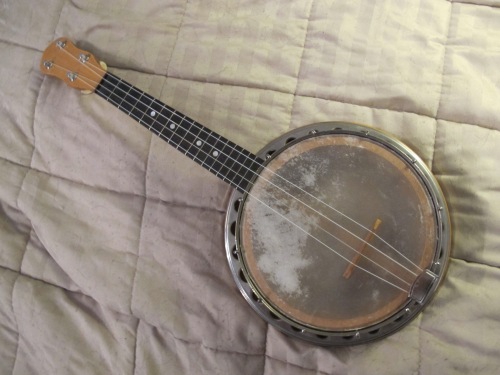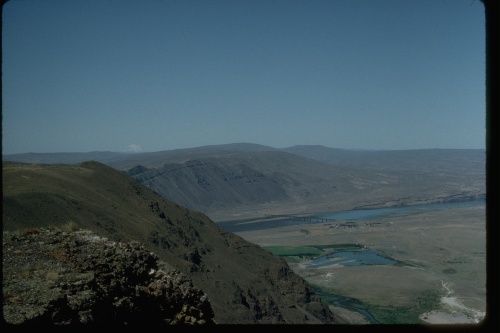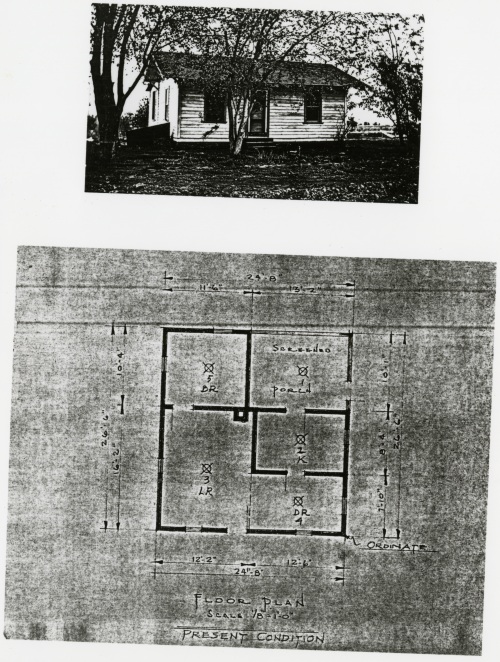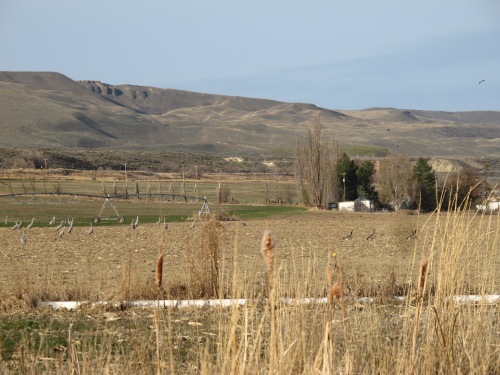
The badger snarled at the approaching truck.
As the youngest of six children, I was rarely offered the opportunity to be by myself when I was growing up. It wasn’t until my older brothers and sisters began college that our little house started to provide nooks or rooms where I could be alone. For time alone, I hiked, but that wasn’t alone time either: the dog always had to come along. That I didn’t mind.
I wasn’t necessarily anti-social, I just liked to curl up in silence with a good book sometimes. Sometimes I wanted to be able to watch whatever I really wanted to watch on the television. Whatever KHQ in Spokane offered, that is. I was 16 years old before I got the chance to really be alone.
In August of 1970 my parents decided to take a brief a vacation. I don’t recall what the occasion was, maybe one of those trips they made to Seattle so they could attend a Seattle Symphony performance. One of the difficulties they faced in doing things like that is that someone still had to change the water, feed the horse and chickens, collect the eggs and water the garden. On this particular occasion I hastened to volunteer to take care of the place. I was 14, and I was the only child left at home. Somehow, my parents agreed that I should mind the farm all by myself.
How can I portray the boundless joy it gave me to be the master of my own farm? As I watched the station wagon leave a trail of drifting dust behind it, as it signaled left and headed west on Highway 26, I was filled with glee. There was nobody here to tell me what to do, to spy on me and to criticize me.
There had been, over the previous weeks, a few mysterious haystack fires that summer. An activist union calling itself the National Farmers Organization had been attempting to raise the price of hay. Some of the more militant activists among them targeted haystacks and hay trucks with sabotage or fire. The one word of advice my father had for me as he left was to keep an eye on our haystack. It was a wall of hay twenty feet high running along the lower edge of our alfalfa field, right next to the highway. My father’s admonition made me feel important, and I climbed into the 1948 Ford pickup to check on the haystack several times that day.
I checked the last time after darkness fell. The headlights of the truck cast a cone of visibility on the ruts of the access road. Tall grass grew right up to the edge of the road and the wheel ruts had a strip of grass between them, shorn to a constant height by the undercarriage of the pickup. As I wheeled onto this road the lights revealed a dark shape filling one of the ruts ahead of me. It moved. As I approached the badger turned to face me, a devilish face full of snarling teeth and white stripes at oblique angles. For a moment it looked like the badger intended to attack my truck, but then it turned to flee. Being a teenager, I did the most humane thing I could think of: I sped up and chased that badger down the ruts. It had no exit for a while, with dense walls of unbroken grass on both sides. The fat beast wobbled back and forth, glancing over its shoulder as I kept my distance from it. Finally it plunged into the ditch on the left side of the road. All was clear at the haystack.
That night was perhaps the spookiest night I ever spent. In the house alone, with total darkness beyond the plate glass windows, I heard every creak and pop of the dead wood as it cooled in the night. A breath of wind found gaps in the window frames, chilling the back of my neck. It was just me, the dog and the television in the dark. And on that television, Psycho. I squirmed in my seat. Suddenly the bathroom, across the dark hallway, seemed far too far away. The only light in the house was in the room I was in. I didn’t even want to raid the freezer for the ice cream I had planned on eating. Our freezer stood in the damp, cob-webbed basement, too much like a Hitchcock set to allow me to be brave. In fact, I didn’t move from the couch through the entire movie. And when it was over, time to go to bed, I developed a strategy for turning on lights in the next room before turning off the ones in the room I was leaving behind.
Well and good. Lights out in the living room and the television was off. I had the lights on in the bathroom. I closed and locked the door, although there was nobody else in the house. I peeled down my pants and sat down on the toilet. Instantly there was a deafening, inhuman shriek outside the window, the only lighted window in the house. I found myself screaming, squirming face down on the tiles of the floor. I scrambled into my parents’ room and snatched up my grandfather’s Winchester. In my haste, I left it unloaded. Trembling with fear I barricaded myself in the bathroom, slowly getting my breath back. I came up with a satisfactory explanation for the scream: my actions must have startled a visiting coyote. Still, I knew what terror there was in darkness. I had just watched Psycho.
I slept soundly in spite of the incident. But when I rose in the morning and looked out the dining room window I was stunned to count at least nine columns of smoke rising from various places to the north in Grant County. I rushed outside to look at our haystack. No smoke, but there was a silver pickup parked on the edge of the highway close to the stack. I waited for it to leave before driving our old green pickup out to the haystack. I searched around the haystack but found nothing alarming.
As I fried up some eggs and bacon I realized I was looking forward to my parents’ return later that day.




